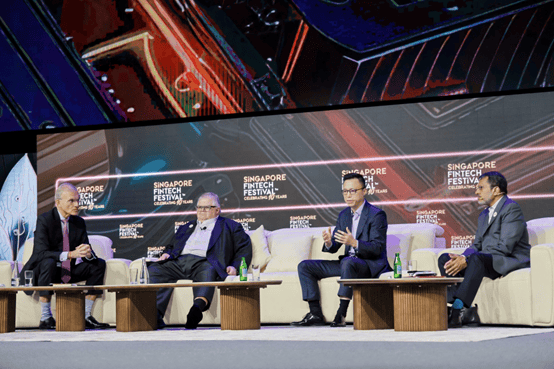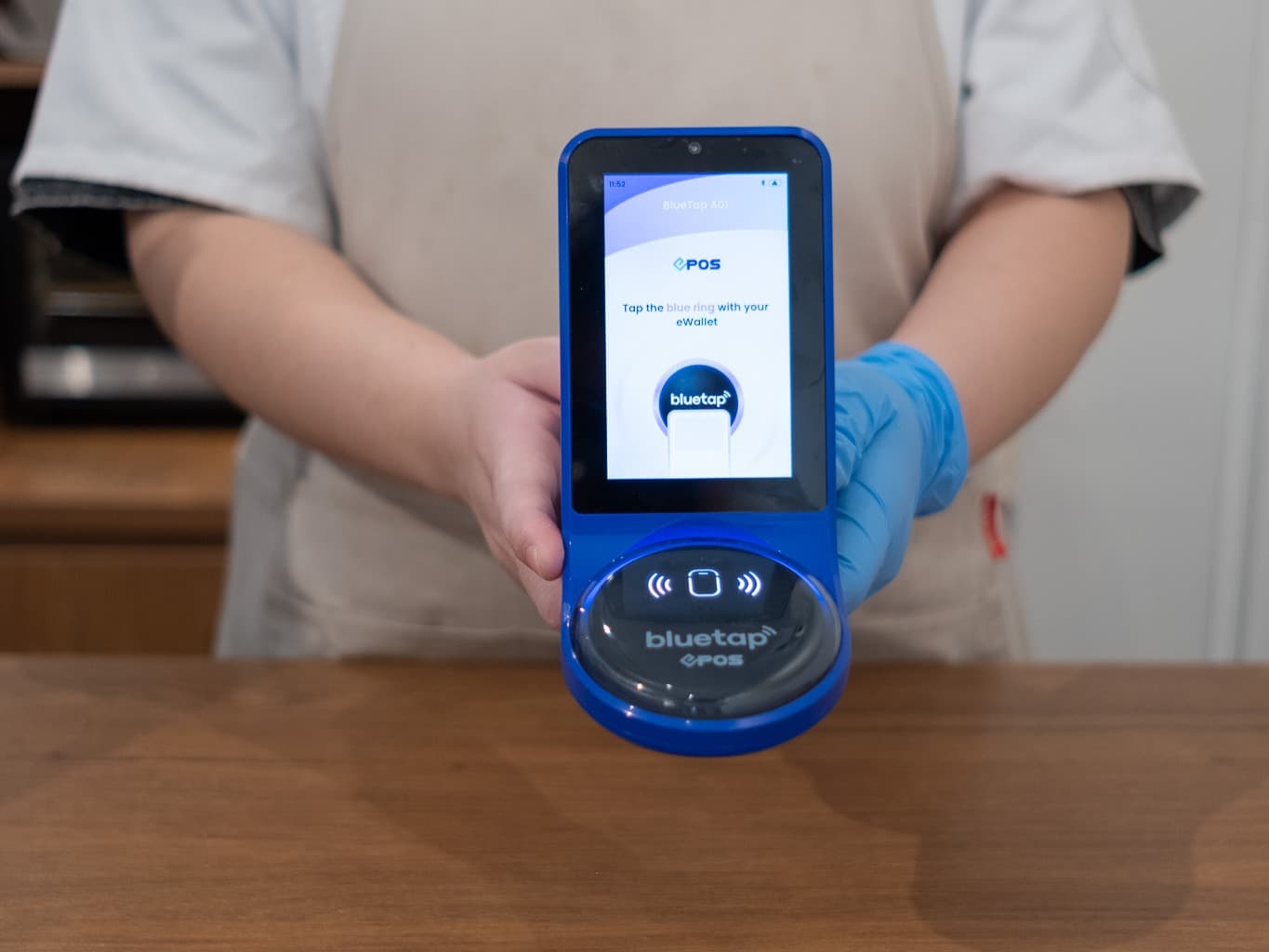
Trading Technology Needs to Keep Up with Global Investing Growth
By Dan Pipitone, TradeZero
The COVID-19 pandemic was a catalyst for change in many industries, but the world of retail trading experienced a particularly pronounced evolution. With many receiving stimulus checks and having increased savings due to decreased spending in areas like travel or dining out, more investment opportunities were sought out.
For many, this meant embarking on a new journey: stock trading. But this trend wasn’t confined to the borders of the United States. Around the world, from Europe to Asia, the allure of the stock market captured the imagination and ambitions of individuals.
According to data from the World Economic Forum, the impact of retail investors became starkly apparent in 2021 when they were responsible for over half (52%) of all global assets under management. Projections suggest this figure will rise to 61% by 2030, underscoring the seismic shift in who holds global financial power.
With such a surge in demand, the tools and platforms for trading have had to adapt rapidly. Investors, whether they’re novices or veterans, are demanding more from their technology. Depth-of-book option data, which provides a detailed look at the demand for a stock at different price points, is now a standard requirement for many traders.
These platform enhancements are paramount in the fast-paced world of trading. The latency of even a few seconds can mean a substantial difference in returns. Flexibility in how one trades, whether via a desktop, a mobile app, or even voice commands, ensures that one can act when the moment is right. User-friendly interfaces, meanwhile, ensure that newcomers aren’t daunted by the world of trading.
While technological prowess is vital, the human aspect remains crucial. Trading can be a tumultuous experience, and traders need to know there’s support ready for them. This can be in the form of customer service, tutorials, or even community forums where they can engage with fellow traders.
TradeZero, for instance, recognizes this need and has broadened its horizons, moving into markets like Canada and eyeing the European Union. This isn’t just a business expansion; it’s an acknowledgement of the global nature of retail trading today.
Retail traders, once seen perhaps as a small segment of the financial world, are now commanding a significant presence. Their influence is nearing that of institutional giants like mutual and hedge funds. But the story doesn’t end with meme stocks and trends. These traders are diversifying their portfolios, seeking global opportunities, and driving a new era in finance.
As this sector continues to grow and evolve, the intersection of technology, support, and global outreach will be central. The future of retail trading is not just about buying and selling but about building a global community empowered by technology.


